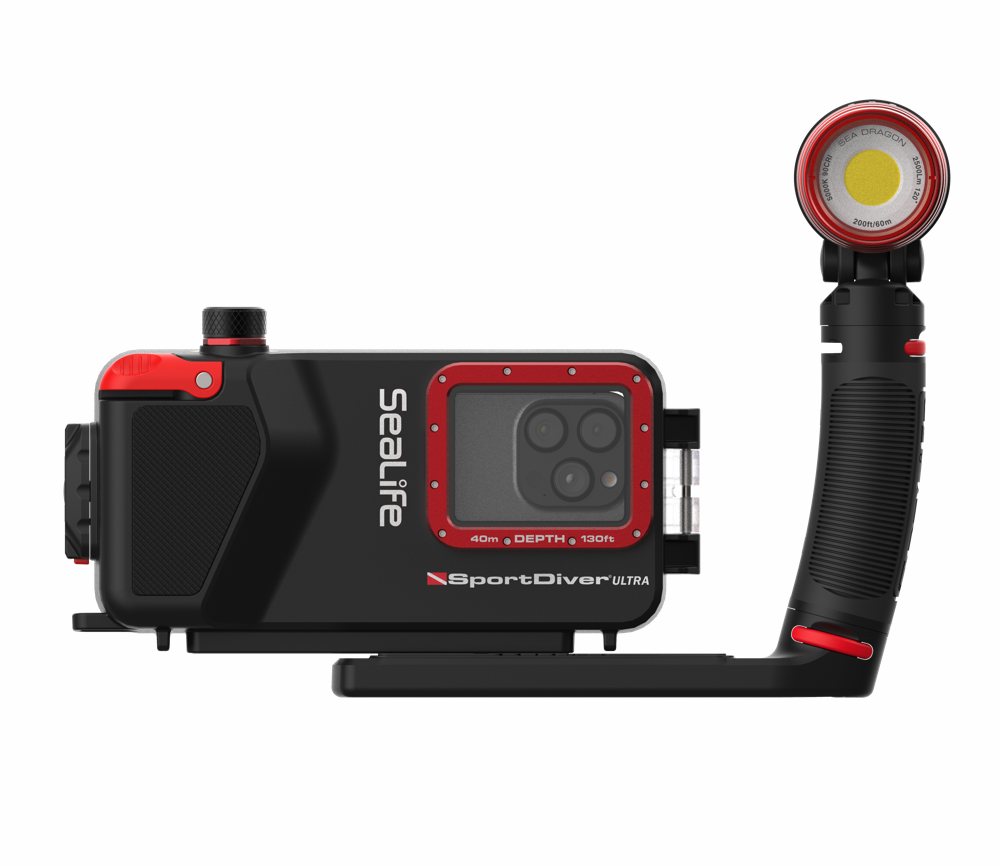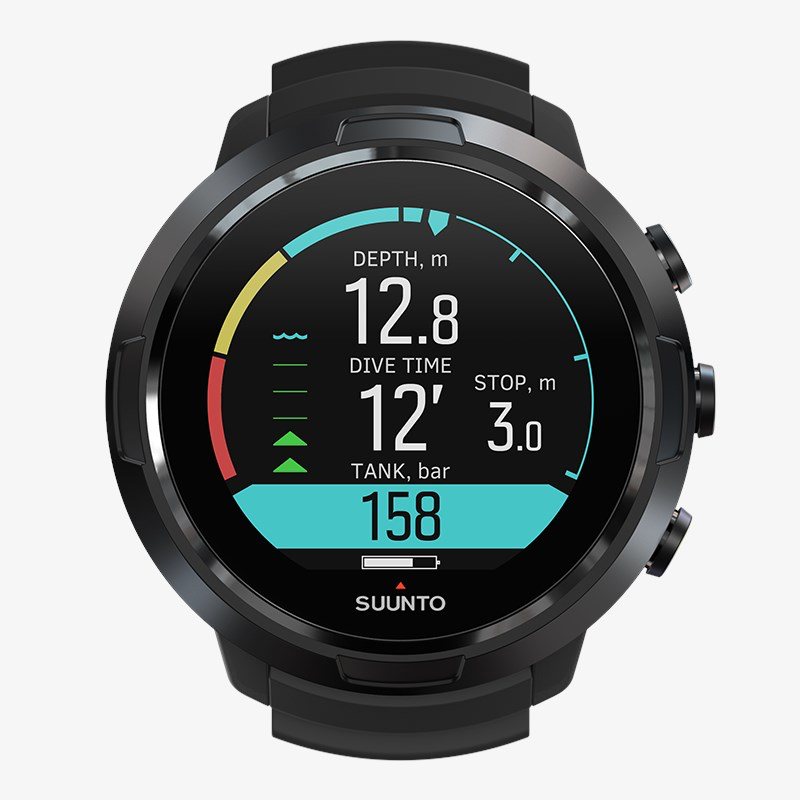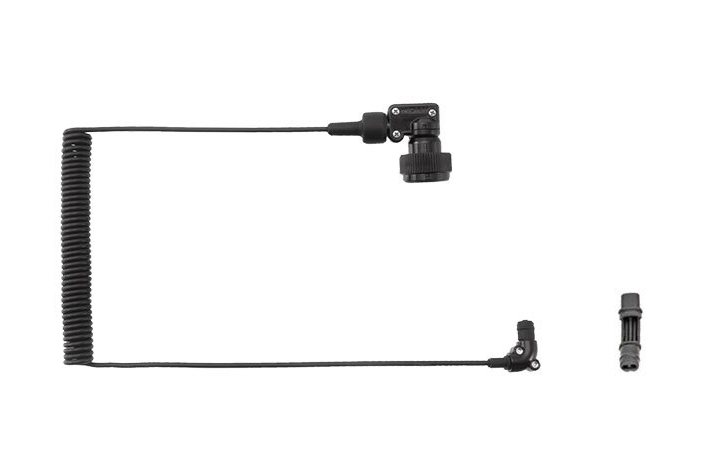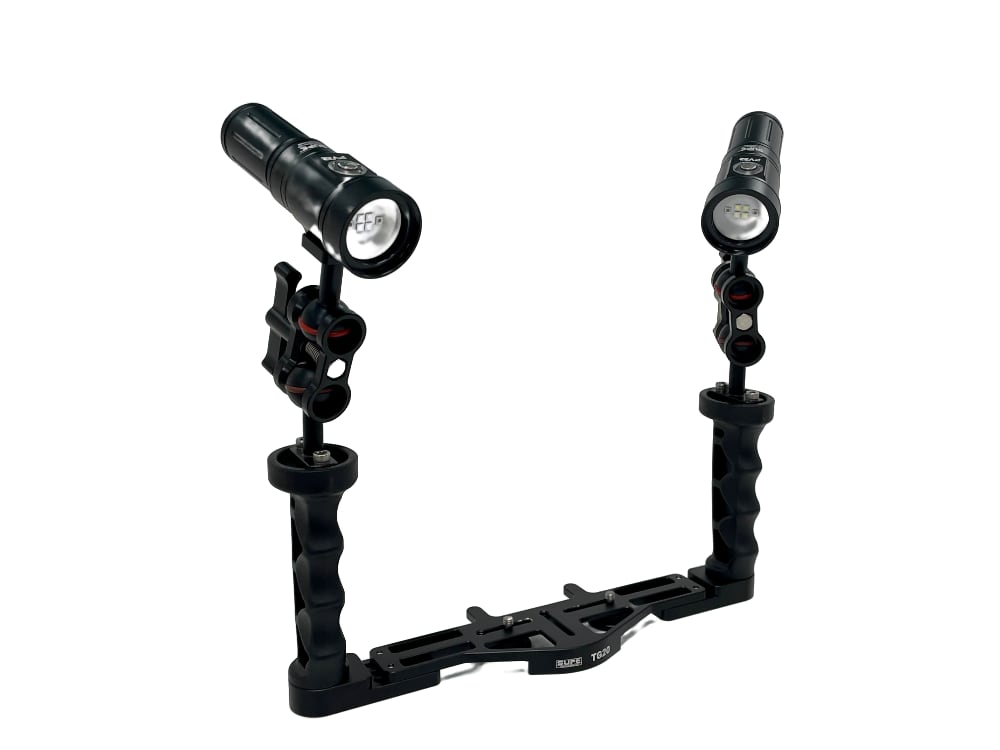- Home
- Directory
- Shop
- Underwater Cameras - Photographic Accessories
- Smartphone Housings
- Sea Scooters
- Hookah Dive Systems
- Underwater Metal Detectors
- Dive Gear
- Dive Accessories
- Diving DVD & Blu-Ray Discs
- Diving Books
- Underwater Drones
- Drones
- Subscriptions - Magazines
- Protective Cases
- Corrective Lenses
- Dive Wear
- Underwater Membership
- Assistive Technology - NDIS
- On Sale
- Underwater Gift Cards
- Underwater Art
- Power Stations
- Black Friday Sale
- Underwater Bargain Bin
- Brands
- 10bar
- AOI
- AquaTech
- AxisGo
- Backscatter Underwater Video and Photo
- BLU3
- Cayago
- Chasing
- Cinebags
- Digipower
- DJI
- Dyron
- Edge Smart Drive
- Eneloop
- Energizer
- Exotech Innovations
- Fantasea
- Fotocore
- Garmin
- Geneinno
- GoPro
- Hagul
- Hydro Sapiens
- Hydrotac
- Ikelite
- Indigo Industries
- Inon
- Insta360
- Intova
- Isotta Housings
- Jobe
- JOBY
- Kraken Sports
- LEFEET
- Mirage Dive
- Nautica Seascooters
- Nautilus Lifeline
- NautiSmart
- Nitecore
- Nokta Makro
- Oceanic
- Olympus
- OM System
- Orca Torch
- Paralenz
- PowerDive
- QYSEA
- Scubajet
- Scubalamp
- Sea & Sea
- SeaDoo Seascooter
- SeaLife
- Seavu
- Shark Shield
- Sherwood Scuba
- Spare Air
- StickTite
- Sublue
- Suunto
- SwellPro
- T-HOUSING
- Tusa
- U.N Photographics
- Venture Heat
- XTAR
- Yamaha Seascooter
- Youcan Robot
Looking for Missing Gold ?
The order was placed for two steamers & both were to be completed in 1881.
Their names were Catterthun & Tannadice. They were both built at the shipping yards of W Doxford & Sons of Sutherland.
The Catterthun was 92.5 metres in length & was powered by steam but also rigged as a schooner.
On August 2nd after returning from Port Kembla the Catterthun was loaded. The cargo was mail & passengers returning to the east. Besides the usual general cargo the Catterthun was carrying a huge consignment of sovereigns bound for the ES & A Bank in Darwin & a number of Chinese merchants in Hong Kong.
Ten boxes containing a total of 8,915 gold coins were placed in a large iron tank.
Only seven boxes would be found.
On the 8th of August 1895 the Catterthun collided with a small reef just off the southeast corner of the little seal rock with the loss of 55 lives. The ship took only a little over fifteen minutes to sink.
The Catterthun sits upright on a sandy bottom in 55 ? 60 metres of water at Seal Rocks. In the middle of the wreck lay the boilers & just behind them is the huge engine towers standing more than 3 metres tall. The site is often subjected to strong currents, which makes the wreck hard to dive. It requires two or three dives to see the entire wreck.
The Catterthun is a deep wreck dive & you must have experience and are qualified to dive at this depth. The visibility can range from 2m to 40m with very strong currents (sometimes too strong to dive).
Interested?
Contact John or Phil at info@actiondivers.com.au
Contributed by kAz added 2004-08-09
![]() Login or become a member to join in with this discussion.
Login or become a member to join in with this discussion.

 Ikelite Australia - Underwater Photographics
Ikelite Australia - Underwater Photographics
Underwater Australasia is official dealer for all Ikelite products since 1999 and we can help you with all your Ikelite video and digital camera housings needs as well as accessories such as strobe packages, ports and more. Sales to Australia only.
Shopfront
-
 Kraken Remote Control RC02
Kraken Remote Control RC02
- Price A$ 379.00
-
 SeaLife - SportDiver ULTRA Pro 2500 Set
SeaLife - SportDiver ULTRA Pro 2500 Set
- Price A$ 1,299.00
-
 Suunto Ocean - Dive Computer and Sports Watch
Suunto Ocean - Dive Computer and Sports Watch
- Price A$ 1,349.00
-
 Suunto D5 Dive Computer with USB Cable
Suunto D5 Dive Computer with USB Cable
- Price A$ 749.00
-
 Sealife Sea Dragon Duo 10K+ Color Boost Set
Sealife Sea Dragon Duo 10K+ Color Boost Set
- Price A$ 2,395.00
-
 Inon Optical D Cable Type L Rubber Bush Set 2
Inon Optical D Cable Type L Rubber Bush Set 2
- Price A$ 139.00
Articles
-
 Return to Tioman Island - Some Insights into Coral Bleaching
Return to Tioman Island - Some Insights into Coral Bleaching
- It has been a few years since my last visit to Tioman Island and after listening to many tales of extensive coral bleaching I was curious to see with my own eyes how bad this really was.



 SeaLife Micro 3.0 Underwater Camera 64GB - Limited Edition Explorer Gift Set includes 2000F Sea Dragon light for FREE
SeaLife Micro 3.0 Underwater Camera 64GB - Limited Edition Explorer Gift Set includes 2000F Sea Dragon light for FREE Video Light Package with tray and arms - 4000 lumens - Scubalamp PV22 x 2
Video Light Package with tray and arms - 4000 lumens - Scubalamp PV22 x 2




